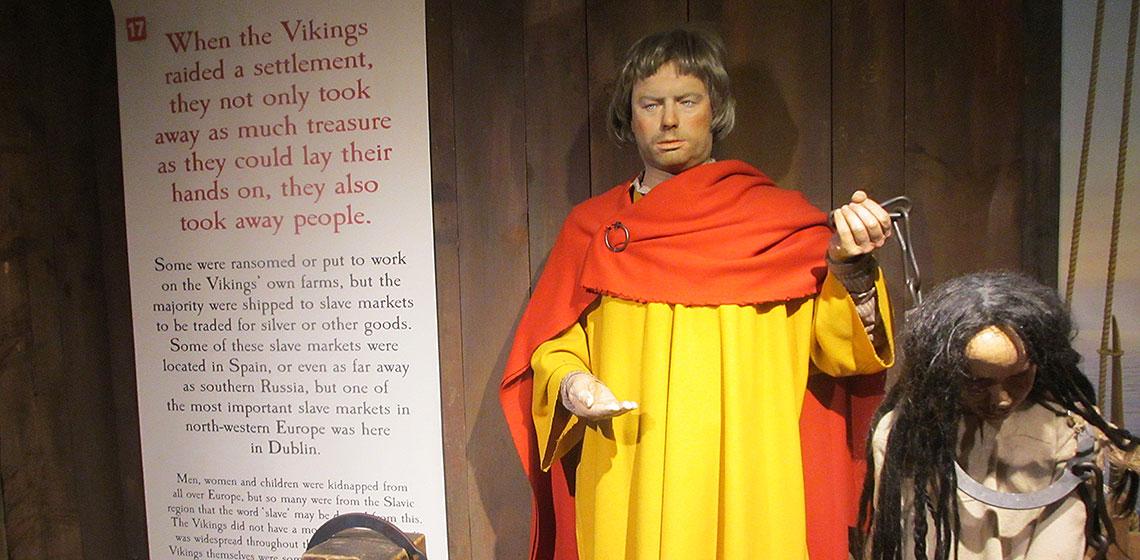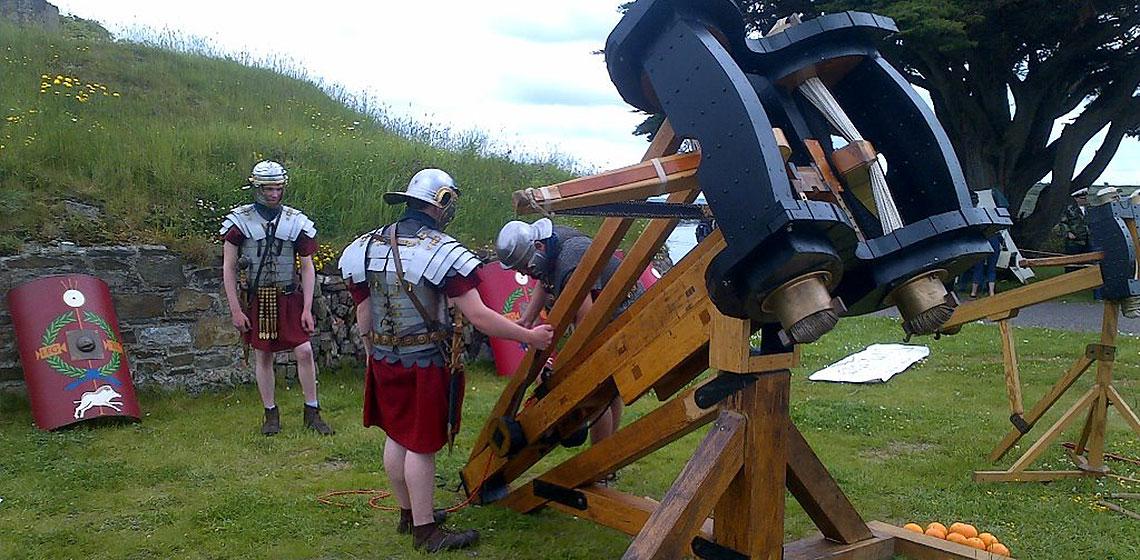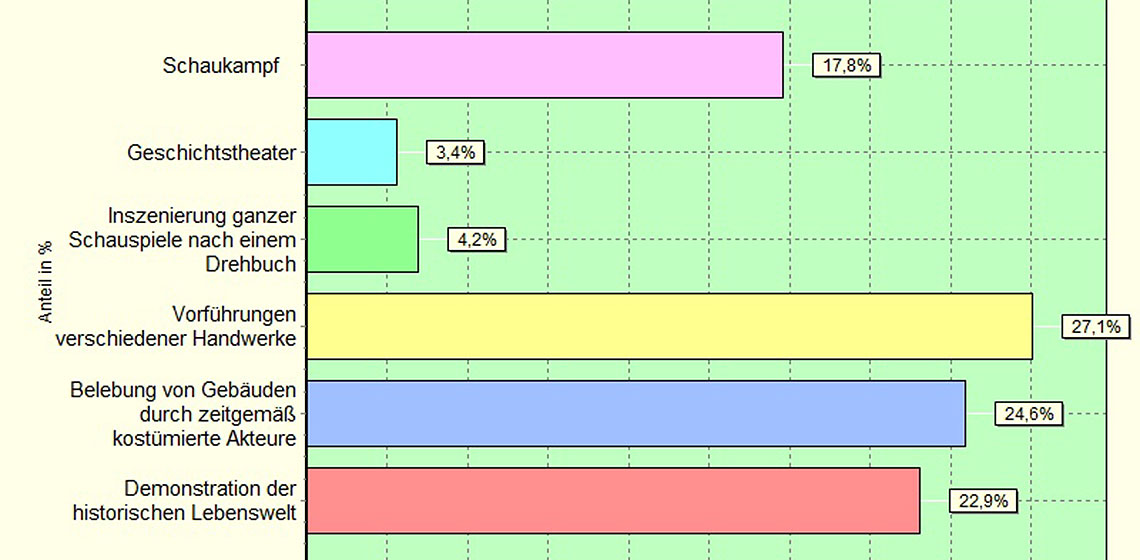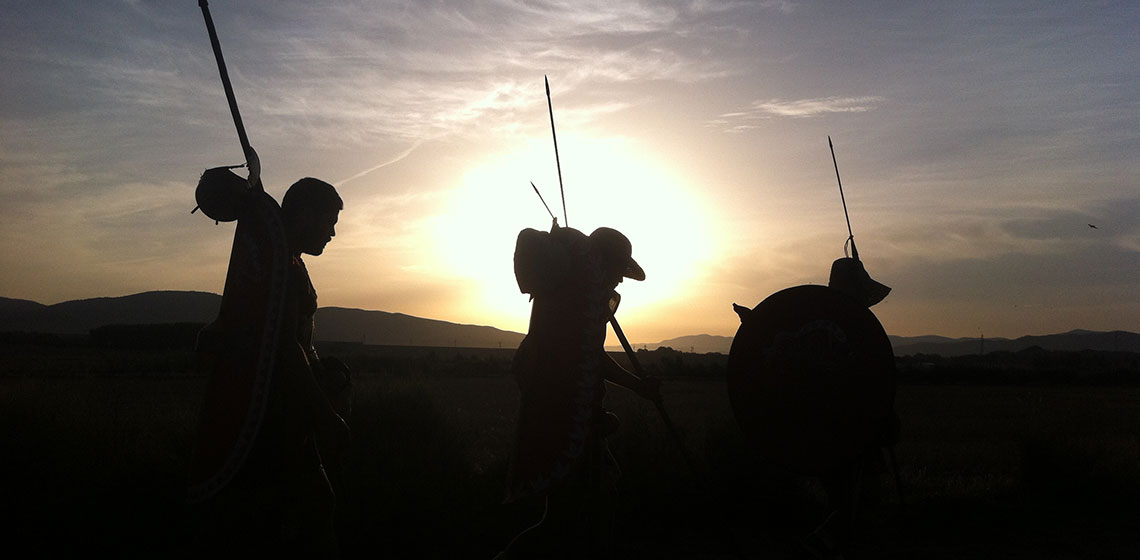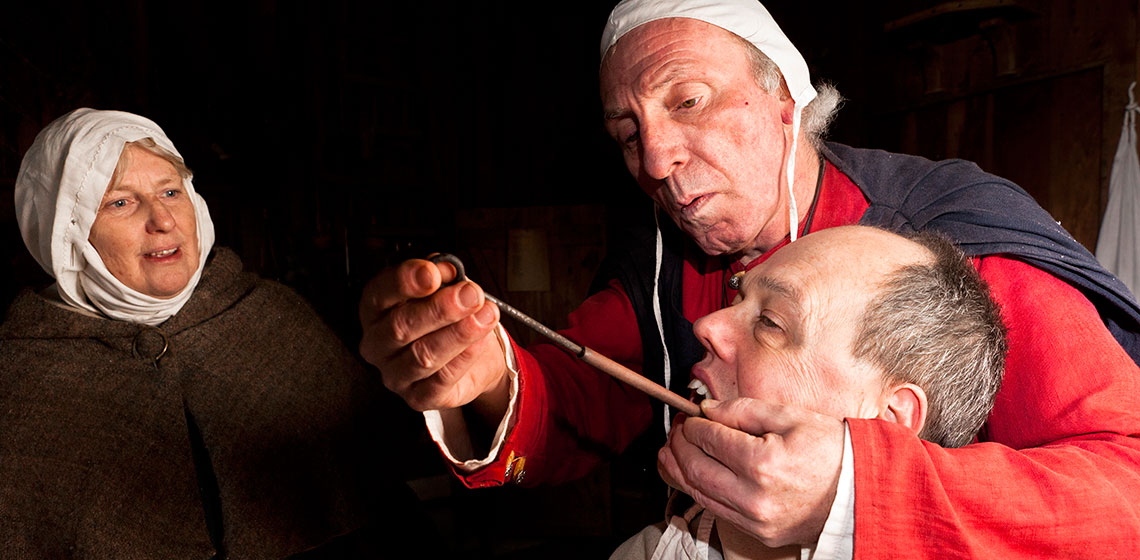Social Promotion Association "Popolo di Brig" (IT)
The Celtic re-enactment group TEUTA BRIG was born in 2004 and in 2007, it has become the Associazione di Promozione Sociale “Popolo di Brig” (Social Promotion Association). Its main aims are to divulge the history and culture of the continental Celts of the second Iron Age (in particular III-II century BCE) through conferences, workshops, and historical recreation events.
From its establishment until the beginning of 2018, APS Popolo di Brig did over 200 events in Italy, Slovenia, Austria, Germany, France, Swiss and England.
In 2009, the musical archaeology project BARDOMAGUS was born.
Moreover, in the same year, Popolo di Brig started with the first “historical march”, an experience that still goes on, year after year. Popolo di Brig was one of the first, or the first itself, to try-out this kind of experiment, at least among ancient age groups in Italy.




